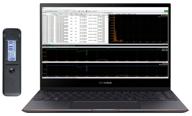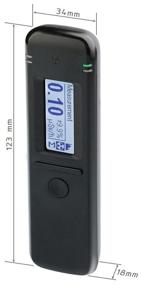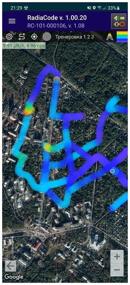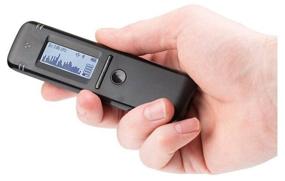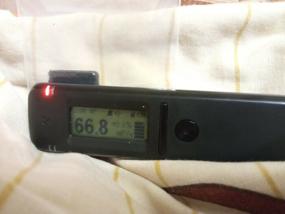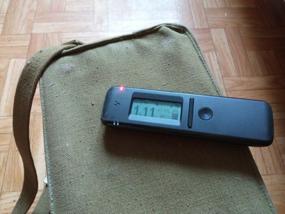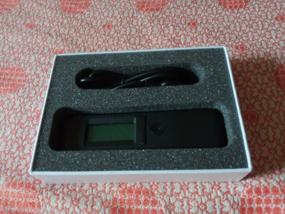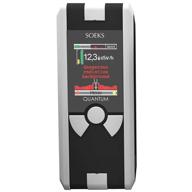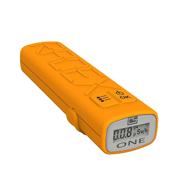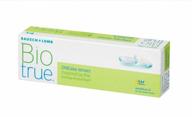- On the seemingly rounded case there are sharp edges.
- There is no account of the radiation spectrum when measuring the dose. Because of this, the device can give a significant error even in everyday situations. So, for example, as you can see in the attached photo, on my table the RadiaCode 101 shows 02022 µSv/h, while the RadiaScan 701 lying close, which has travel compensation with stiffness, only 02022 µSv/h. At the same time, it cannot be said that the 101st always overstates by one and a half times, no. It depends on the spectrum of gamma radiation in a particular place. Theoretically, in some cases, it can even slightly (really not very important) underestimate the readings, and in other cases it will overestimate the readings by an order of magnitude. The manufacturer is aware of the problem and is working on creating new firmware, but this is a complex engineering task, so it will take some more time to create it. In the meantime, the ate hasn’t been released, just don’t forget to check the spectrum: if the radiation peak is to the left of the first division of the scale, falls at energies less than 100 keV, then the device may overestimate the readings, you shouldn’t worry too much about the increased numbers.
- Although the device is able to show the radiation spectrum on its screen, the energy scale is not signed. Can you figure out which isotope spectra are in the photographs? It seems that no . Because. Since the isotopes were known to me in advance, I was able to determine what each was on the scale. is 100 keV, each | is 500 keV, and each ^ is 1000 keV. Why isn't this in the manual? Riddle . I hope they will add it in the next edition. Yes, don't forget to use both linear and logarithmic modes. As you can see in the photos, the 1461 keV peak from potassium-40 is only visible in logarithmic.
- Although the device responds to pure beta emitters, at least to strontium-90, but its sensitivity to them is very low. It, in fact, captures not the beta radiation itself, but the secondary X-ray radiation that occurs when fast electrons interact with matter.
